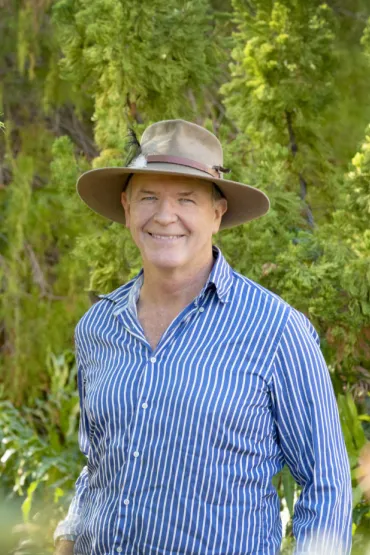RIEL seminar series
Monitoring threats to Australian threatened birds
| Presenter | Prof Stephen Garnett | |
|---|---|---|
| Date/Time |
to
|
|
| Contact person | E: RIEL.outreach@cdu.edu.au | |
| Location | CDU Casuarina campus, Yellow 1.1.39 and online | |
| Open to | Public | |
Most biodiversity monitoring globally tends to concentrate on trends in species’ populations and ranges rather than on threats and their management. This seminar will review the estimated impact of threats and the extent to which their management is understood and implemented for all threats to all Australian threatened bird taxa.
The assessment reports the situation in 2020 and how this differs from 2010. The most marked finding was that the impact of climate change has increased greatly over the last decade, and now surpasses invasive species as the threat imposing the heaviest threat load. Climate change has driven recent massive population declines from fire and increased temperatures in tropical montane rainforests. However there has been little progress in understanding how to relieve the threats posed by heat, drought or catastrophic fires and, consequently, little effective management has occurred.
By comparison, analysis showed that the single successful campaign to eradicate introduced mammals from Macquarie Island relieved the total threat load on Australian threatened birds by 5 percent, and more than halved the load on the birds from oceanic islands. Protection or rehabilitation of habitat, particularly on islands, has also delivered measurable benefit as have, in the longer term, controls on longline fishing. This approach can be used with other taxonomic groups to understand progress with research and management and to allow quantification of potential benefits from proposed actions, such as the national threatened species plan.
Prof Stephen Garnett is Professor of Conservation and Sustainable Livelihoods at RIEL. Among his more enduring research themes is Australian threatened birds, on which he has over 400 publications. He has written or edited four action plans for Australian birds. Starting in 1992, these have been reviewed every decade since and have had a significant influence on the listings of threatened species nationally. He has also worked in the field on several species, written a book on climate adaptation among Australian birds, was one of the leaders of a recent seven-year project on threatened species run by the National Environment Science Program, and is a counsellor for birds with the global Convention on Migratory Species.
In 2019, Prof Garnett and his colleagues, including several RIEL staff members, published an approach to assessing progress in managing threats to Australian birds. In this seminar he will provide a 10-year snapshot of how management has progressed in the decade from 2010 to 2020.
Related Events

Chinese kung fu classes for kids
Join our kung fu classes specialised for children. It’s more than just exercise—it’s a journey to a healthier, brighter, and more focused future for every child! The classes run every Monday at 5.30 pm, from 26 January - 30 March.
Read more about Chinese kung fu classes for kids
Tai Chi Kung Fu Fan
Join our Tai Chi Kung Fu Fan classes to learn a unique style of Tai Chi combined with other martial arts and dance movements! The classes run every Monday at 5.30 pm, from 26 January - 30 March.
Read more about Tai Chi Kung Fu Fan
Chinese cultural handicrafts for kids
CDU CI presents a warm and educational handicraft workshop where children learn simple Chinese cultural traditions and create their own unique artworks. Join us for an inspiring cultural experiences, starting from 27 January till 3 March, 5 pm - 6 pm, every Tuesday.
Read more about Chinese cultural handicrafts for kids
